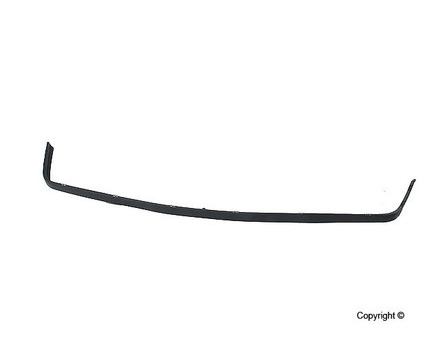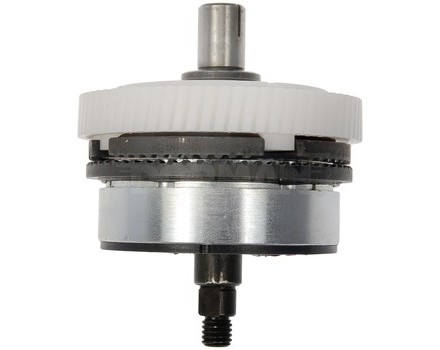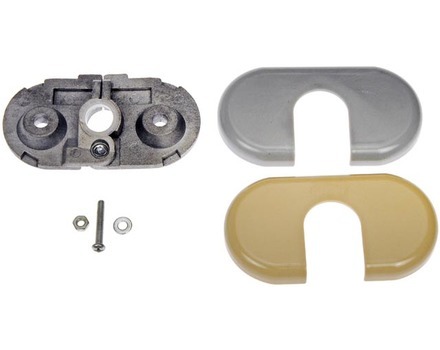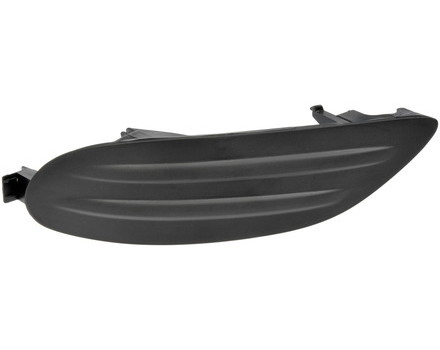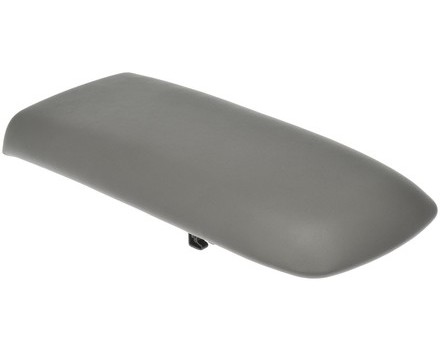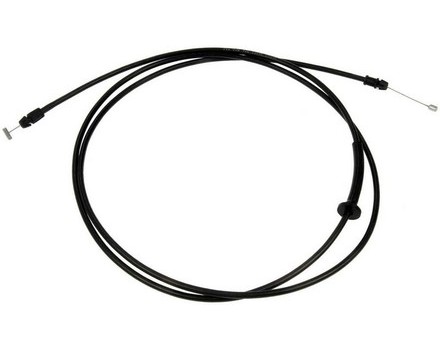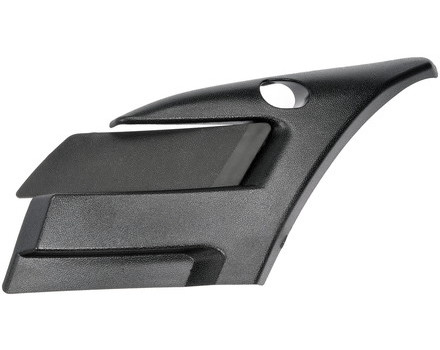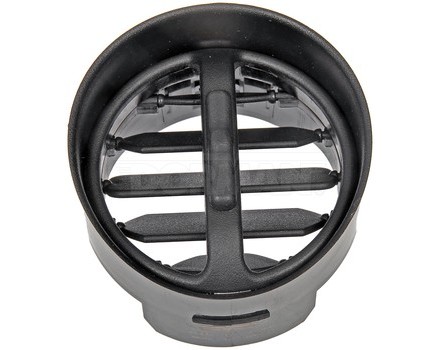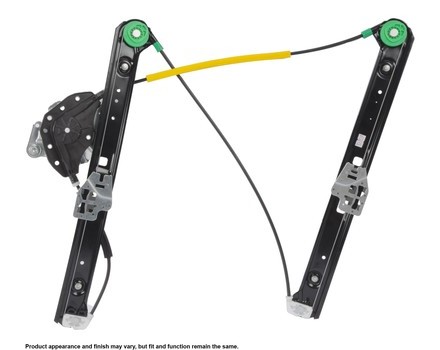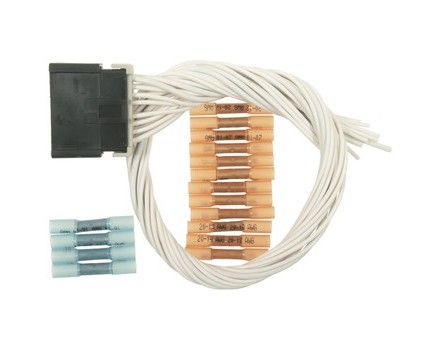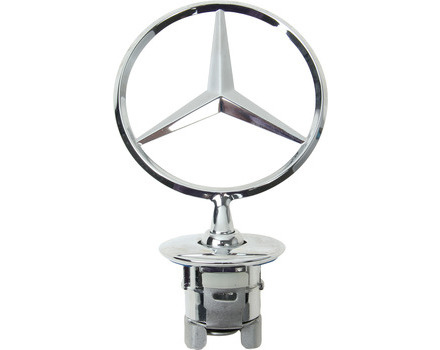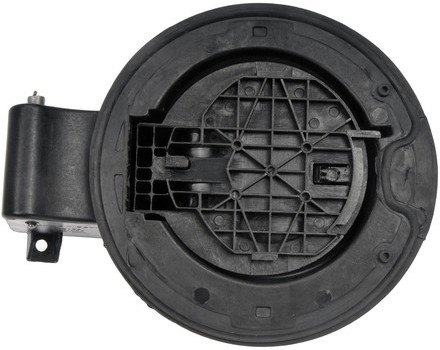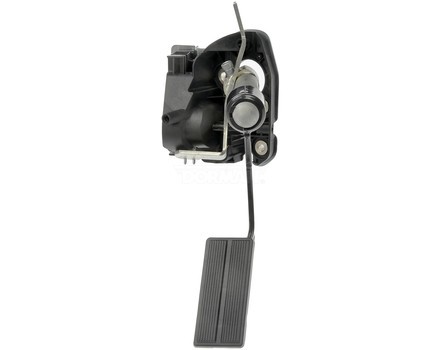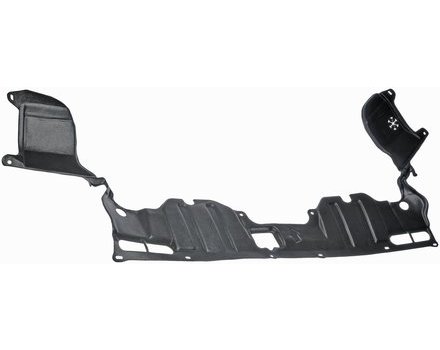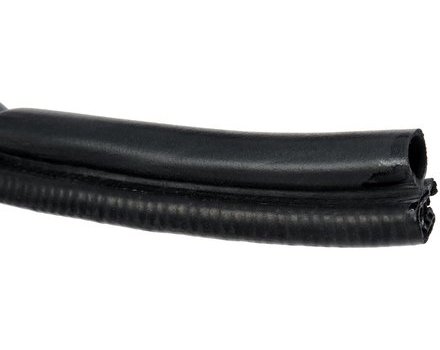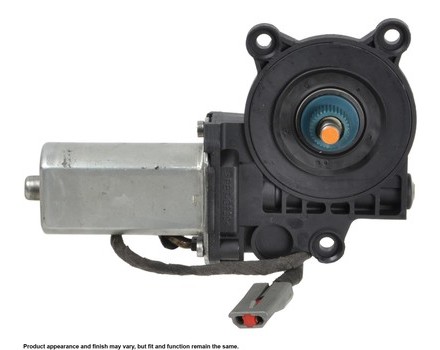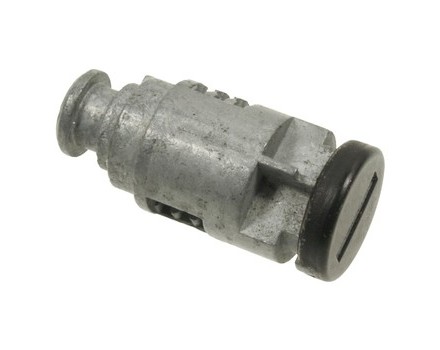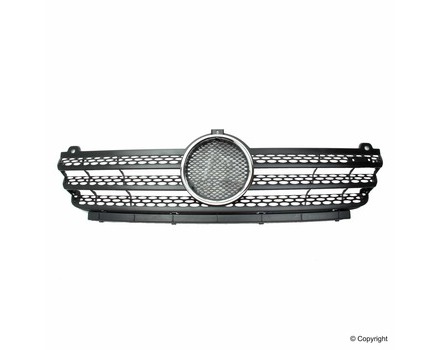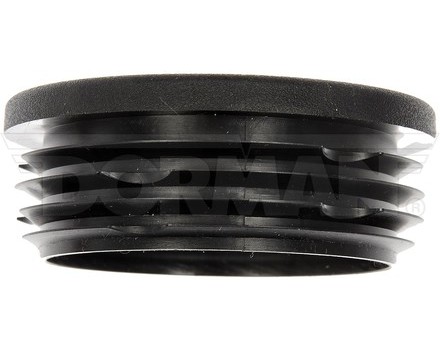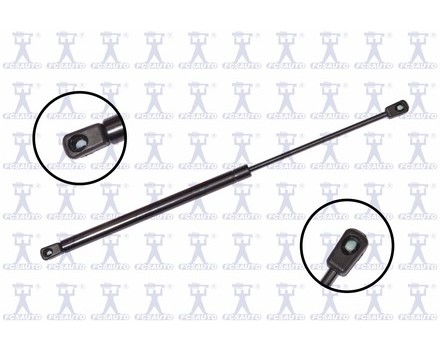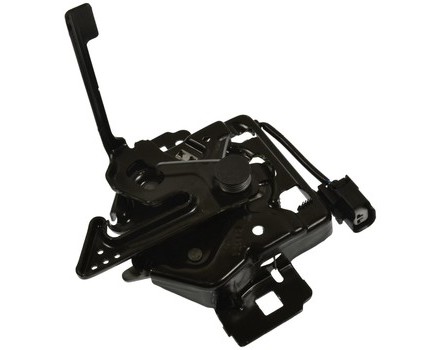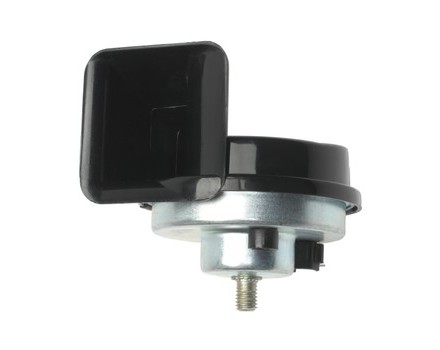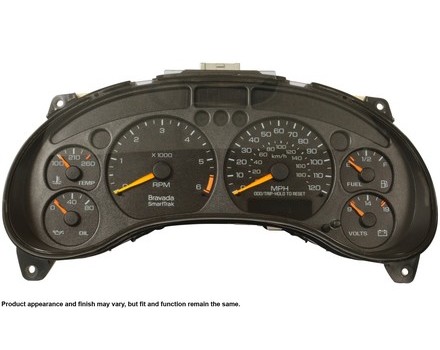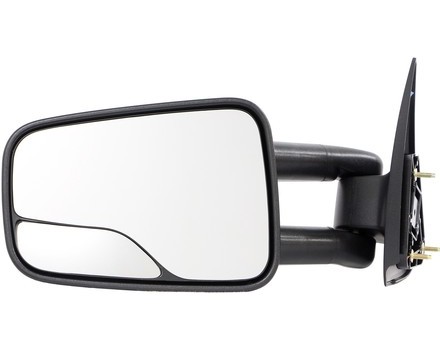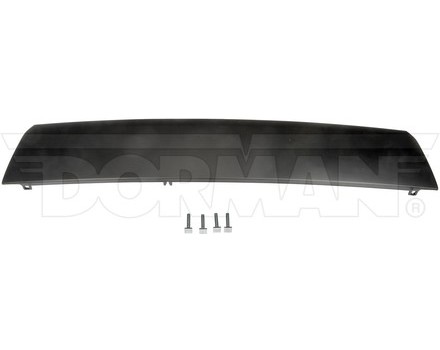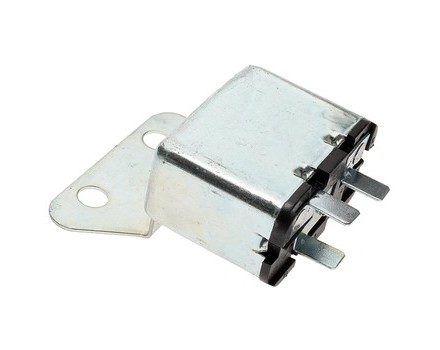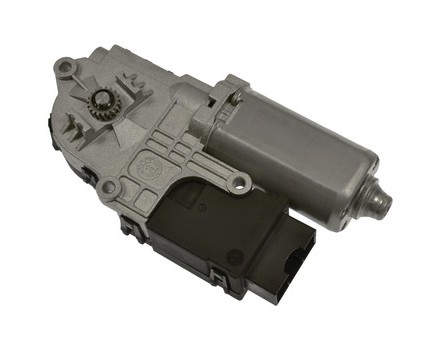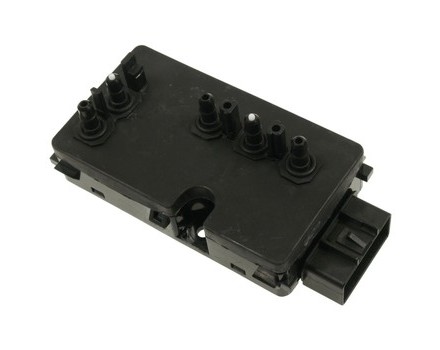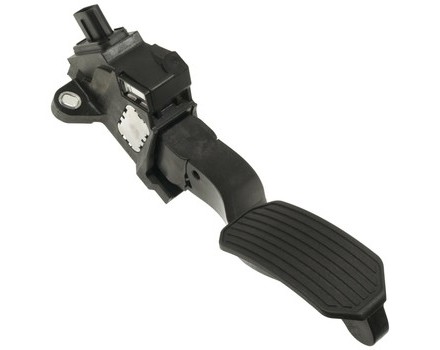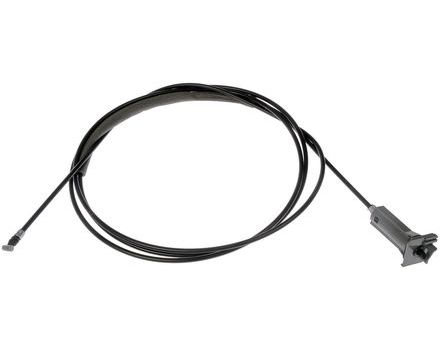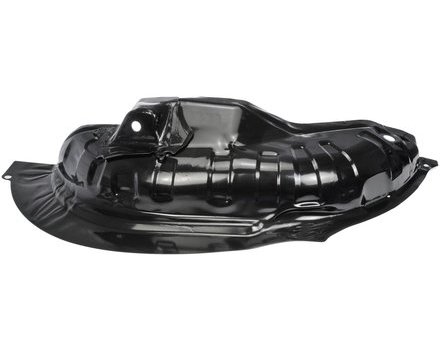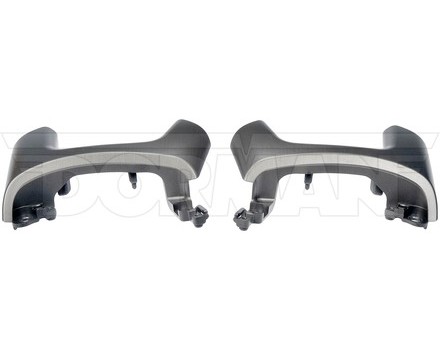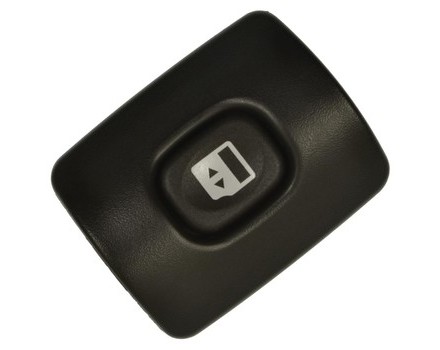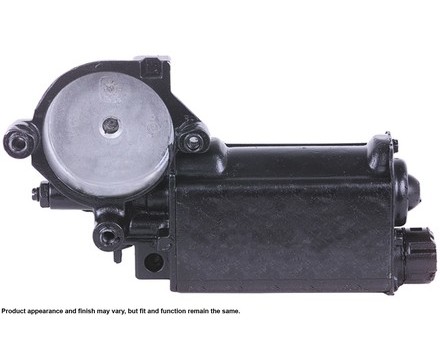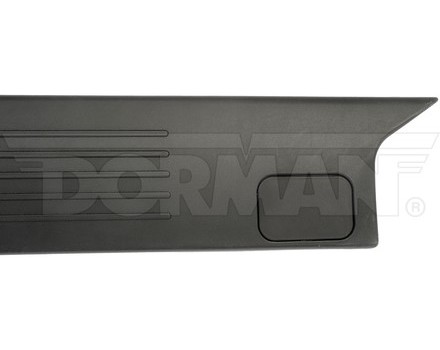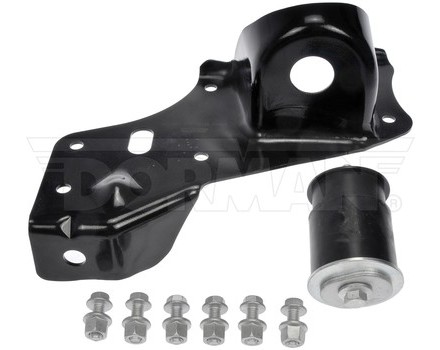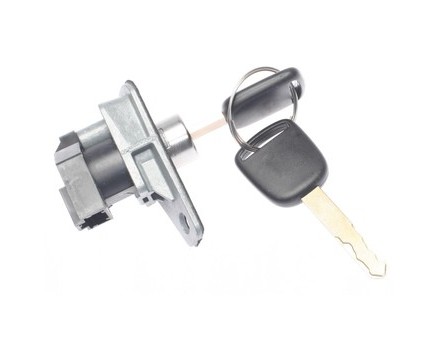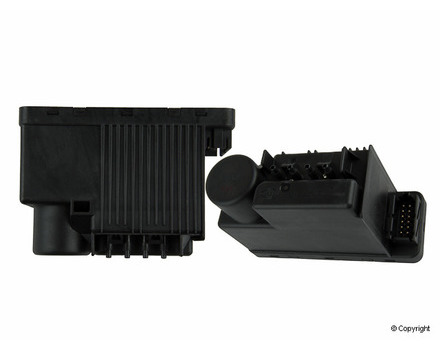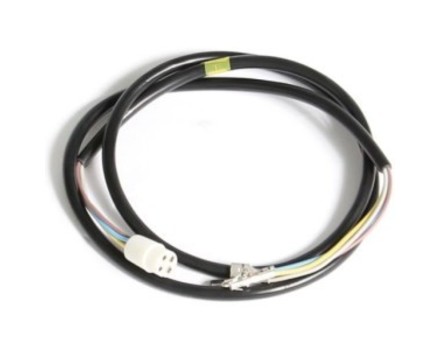Body
Filter Options
Important: To get started, click the blue "Filter Options" button to select your vehicle and then use the filters to narrow your options.
Important: To get started, select your vehicle on the left and then use the filters to narrow your options.
What is a body part?
Body parts are the exterior components of an automobile. This includes the body panels, hood, fenders, doors, windows, mirrors, and other trim pieces.
What is the purpose of a body part?
The primary purpose of body parts are to provide structural support for the vehicle, as well as for aesthetic purposes. They also provide protection for the vehicle's occupants and its internal components.
How do I determine if my body part is faulty?
To determine if a body part is faulty, visually inspect it for signs of damage, corrosion, or wear. Pay particular attention to the mounting points, as well as to any trim pieces or seals. Also, test any electrical components, such as windows, mirrors, or locks.
Can a faulty body part cause damage?
Yes, a faulty body part can cause damage to the vehicle. Depending on the severity of the fault, the damage can range from minor to major. In some cases, a faulty body part can lead to a crash or accident.
How do I replace a body part?
Replacing a body part generally requires the use of special tools and knowledge of the vehicle's construction and systems. It is best to consult a professional mechanic when replacing any body part.
- Remove any trim pieces, fasteners, or electrical components from the old body part.
- Carefully remove the old body part from the vehicle.
- Position the new body part onto the vehicle and secure it with any necessary fasteners.
- Re-attach any trim pieces, fasteners, or electrical components to the new body part.
